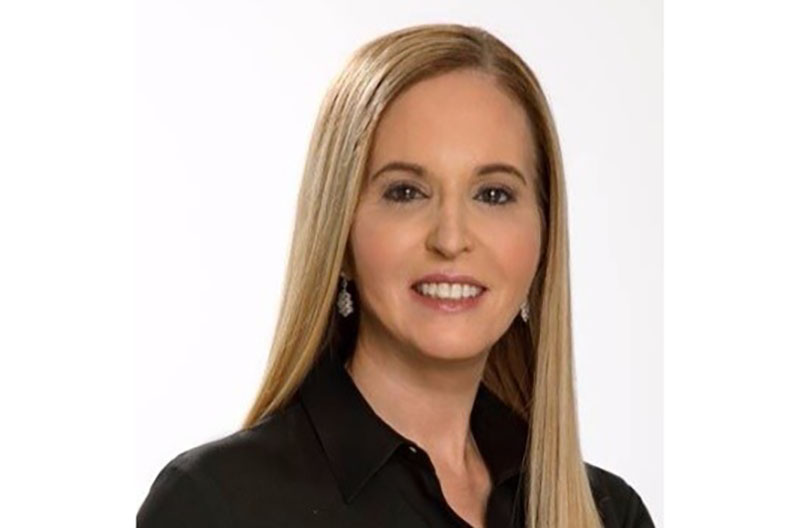The year 2023 is shaping up to be one of the most challenging economic environments in more than two decades. Deborah Weinswig, founder and CEO of Coresight, tackled the topic and possible avenues for retailers to overcome it during an Insights speaking engagement at the recent FMI Midwinter Executive Conference.
Weinswig was introduced by Scott Moses, managing director and head of food retail and restaurants investment banking at PJ Solomon. He opened up the conversation by reminding attendees of previous recessions they have weathered.
“This isn’t the first time you’re facing some of these challenges, even though some of these issues that we’re seeing in the marketplace are new,” he said.
Weinswig began by explaining that globalization since the 2008 recession has increased production, which helped stimulate the American economy. There has also been an increase in wages for lower-income levels.
To avoid going into an official recession, Weinswig said that businesses need to look at worldwide data, technology and get an understanding of consumer sentiment. Macro data that she shared shows there has been “a lot of variation in data in a very short time period.”
The data highlighted that there are about 10 million jobs open in the United States.
“This is why last year, the first two quarters [saw] negative GDP growth. The feds didn’t call it a recession because of such a low unemployment rate,” she said. “I think we’ve seen this baseline of consumer sentiment since February of last year because we’re [paying] more. There’s a lot of factors that led the consumer to take a pause and think about where they’re spending.”
Consumers are shopping smarter, whether it be online or using rewards programs and technology to find better deals.
On the other side, retailers are improving their customer experience through technology, loss prevention and “making the store come to life.”
“I’m sure that all of us saw a lot of headlines during the [COVID-19] crisis where consumers were never going to go back to the store. Because they don’t have to go back to the store. They can stay at home; they’re going to order products. It was unbelievable to me,” Weinswig said.
As the country began to open up, “floodgates of consumers” went back to the stores, providing a much-needed boost for retailers, she said.
“Ultimately, having that transaction culminating in the physical store is what is winning right now for consumers and retailers alike.”
Still, retailers shouldn’t forego the opportunity to expand their brands online. Retail media has been one of the biggest success factors for online retailers.
“I don’t think I’ve seen a topic in my career that has gone from inception to actualization that has had such an impact on the industry,” Weinswig said. “And that’s how we can fund the rest of what we want to do…a lot of what I’m suggesting is in-store, trying to make significant expansion and growth through technology. But there has been a significant expansion and growth of live streaming.”
According to Weinswig, live streaming for sales is inexpensive to implement with largely profitable results. “We’ve seen farmers or brands unknown really come to life with having the consumer ask, ‘I want Carol’s Chicken or I want these oranges.’ There is this idea that we are trying to be this brand, and we need to be our own brand.”
The popularity of live streaming stems from its accessibility and the consumer’s ability to learn about a product through what the brand wants to show them. This drives consumer engagement in store and online.
“If we think about it, the ability to educate the consumers one on one is to have a conversation with them,” Weinswig said.
For more information about Weinswig’s company, visit coresight.com.

